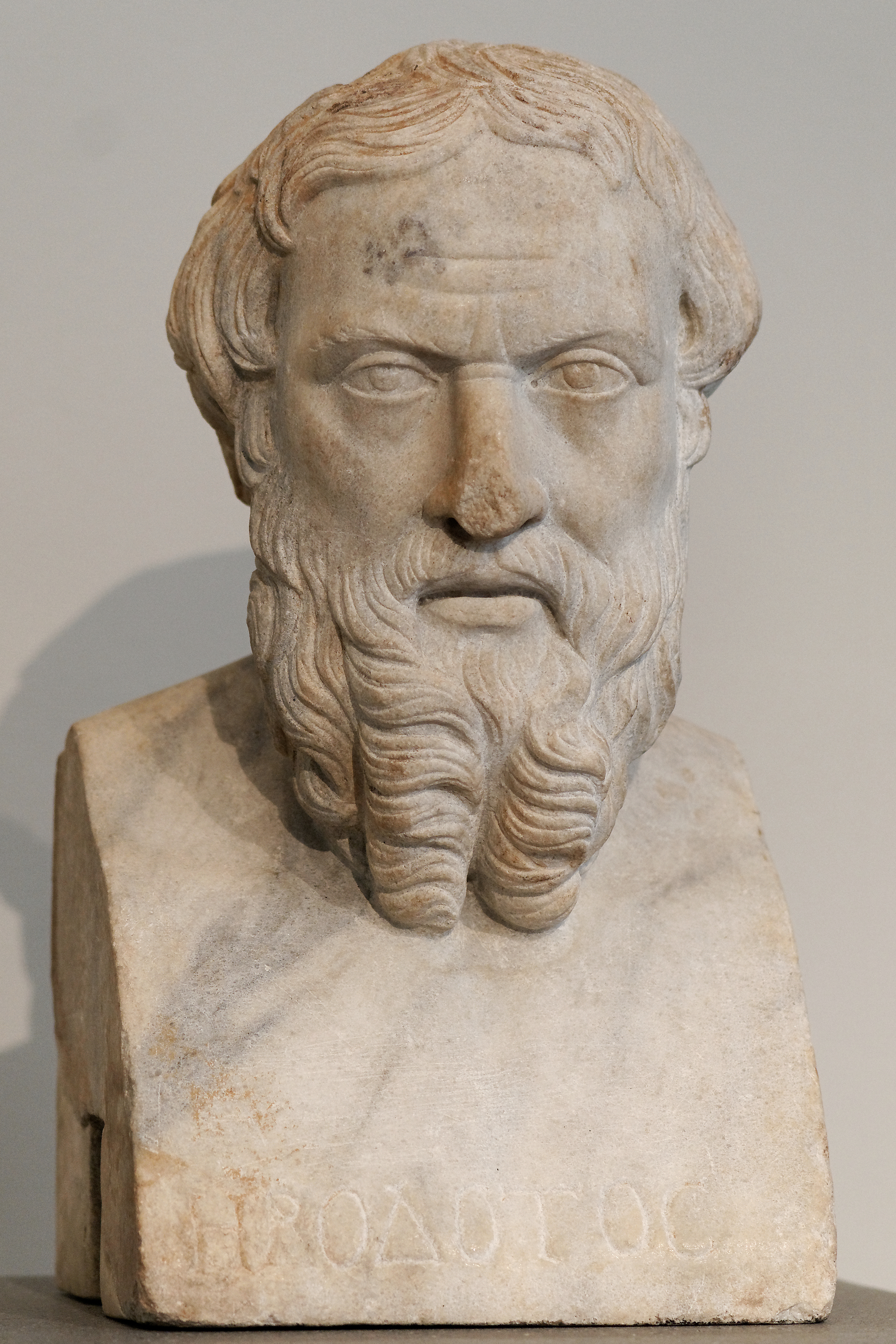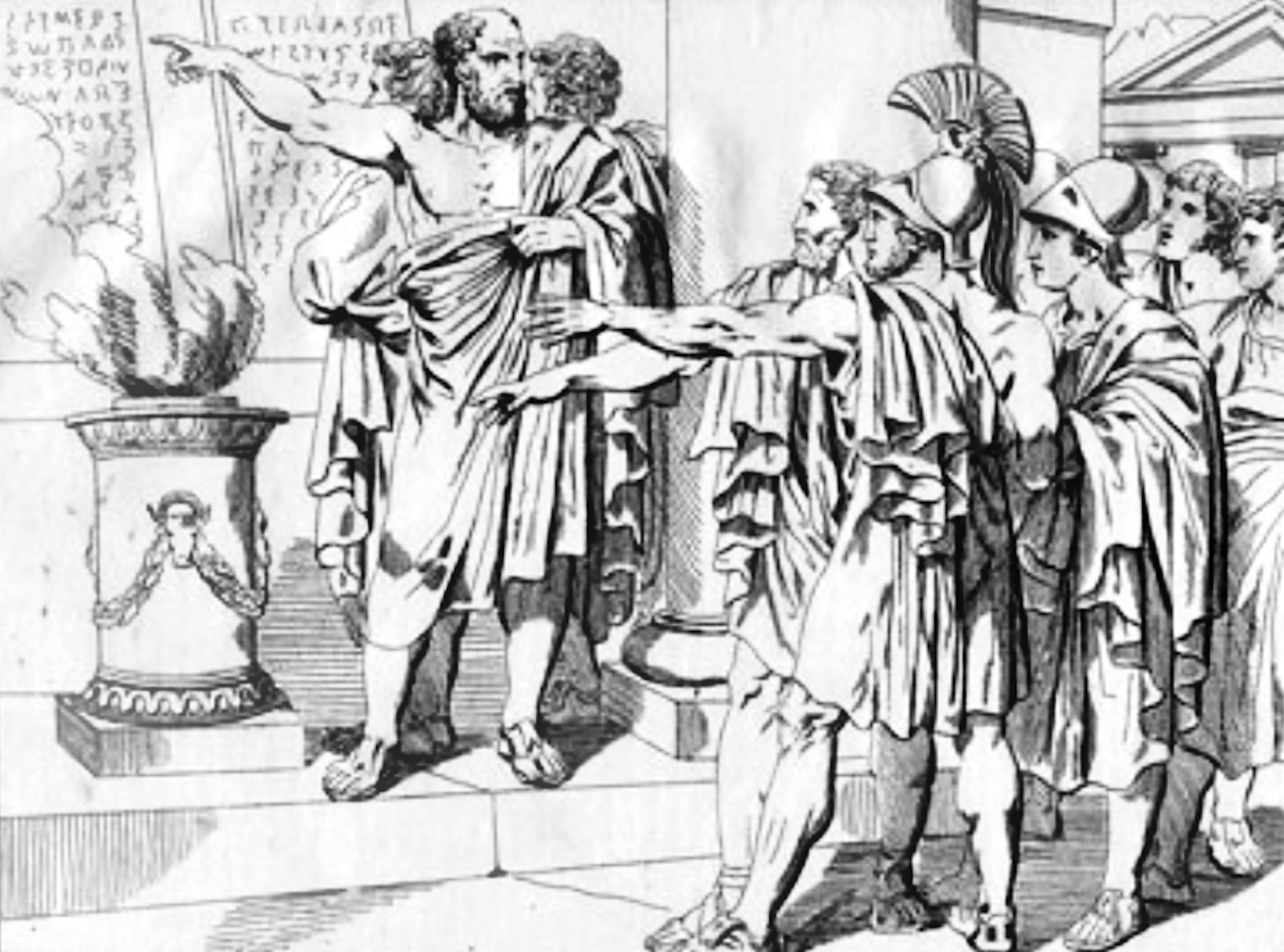|
Attic Weight Standard
Attic weight, or the Attic standard, also known as Euboic standard, was one of the main monetary standards in ancient Greece. As a result of its use in the coinage of the Athenian empire and the empire of Alexander the Great, it was the dominant weight standard for coinage issued in the Eastern Mediterranean from the fifth century BC until the introduction of the Roman denarius to the region in the late first century BC. The Attic weight was based on a drachma of 4.31 grams, but in practice the main denomination was the tetradrachm or four-drachma coin, which weighed approximately 17.26 g in silver. For larger sums, the units of account were the mina (100 drachmae or 435 g), and the talent (6,000 drachmae or 26.1 kg). In practice, this meant that the Attic weight standard was interchangeable with the Euboic standard used on the island of Euboea, which consisted of a stater of 17.2 g divided into six ''hektai'' of 2.86 g. Because of Euboea's role in Gree ... [...More Info...] [...Related Items...] OR: [Wikipedia] [Google] [Baidu] |
Laurion
Laurium or Lavrio ( ell, Λαύριο; grc, Λαύρειον (later ); before early 11th century BC: Θορικός ''Thorikos''; from Middle Ages until 1908: Εργαστήρια ''Ergastiria'') is a town in southeastern part of Attica, Greece. It is part of Athens metropolitan area and the seat of the municipality of Lavreotiki. Laurium was famous in Classical antiquity for its silver mines, which was one of the chief sources of revenue of the Athenian state. The metallic silver was mainly used for coinage. The Archaeological Museum of Lavrion shows much of the story of these mines. It is located about 60 km SE of Athens city center, SE of Keratea and N of Cape Sounio. Laurium is situated on a bay overlooking the island of Makronisos (ancient times: Helena) in the east. The port is in the middle and gridded streets cover the residential area of Lavrio. GR-89 runs through Lavrio and ends south in Sounio. History The modern town of Laurium is at the site of the an ... [...More Info...] [...Related Items...] OR: [Wikipedia] [Google] [Baidu] |
Greco-Persian Wars
The Greco-Persian Wars (also often called the Persian Wars) were a series of conflicts between the Achaemenid Empire and Greek city-states that started in 499 BC and lasted until 449 BC. The collision between the fractious political world of the Greeks and the enormous empire of the Persians began when Cyrus the Great conquered the Greek-inhabited region of Ionia in 547 BC. Struggling to control the independent-minded cities of Ionia, the Persians appointed tyrants to rule each of them. This would prove to be the source of much trouble for the Greeks and Persians alike. In 499 BC, the tyrant of Miletus, Aristagoras, embarked on an expedition to conquer the island of Naxos, with Persian support; however, the expedition was a debacle and, preempting his dismissal, Aristagoras incited all of Hellenic Asia Minor into rebellion against the Persians. This was the beginning of the Ionian Revolt, which would last until 493 BC, progressively drawing more regions of Asia Minor into the co ... [...More Info...] [...Related Items...] OR: [Wikipedia] [Google] [Baidu] |
Solon
Solon ( grc-gre, Σόλων; BC) was an Athenian statesman, constitutional lawmaker and poet. He is remembered particularly for his efforts to legislate against political, economic and moral decline in Archaic Athens.Aristotle ''Politics'' 1273b 35–1274a 21 His reforms failed in the short term, yet Solon is credited with having laid the foundations for Athenian democracy.Stanton, G. R. ''Athenian Politics c. 800–500 BC: A Sourcebook'', Routledge, London (1990), p. 76.E. Harris, ''A New Solution to the Riddle of the Seisachtheia'', in ''The Development of the Polis in Archaic Greece'', eds. L. Mitchell and P. Rhodes (Routledge 1997) 103 His constitutional reform also succeeded in overturning most laws established by Draco. Modern knowledge of Solon is limited by the fact that his works only survive in fragments and appear to feature interpolations by later authors and by the general paucity of documentary and archaeological evidence covering Athens in the early 6th cen ... [...More Info...] [...Related Items...] OR: [Wikipedia] [Google] [Baidu] |
Antioch
Antioch on the Orontes (; grc-gre, Ἀντιόχεια ἡ ἐπὶ Ὀρόντου, ''Antiókheia hē epì Oróntou'', Learned ; also Syrian Antioch) grc-koi, Ἀντιόχεια ἡ ἐπὶ Ὀρόντου; or Ἀντιόχεια ἡ ἐπὶ Δάφνῃ "Antioch on Daphne"; or "Antioch the Great"; la, Antiochia ad Orontem; hy, Անտիոք ''Antiokʽ''; syr, ܐܢܛܝܘܟܝܐ ''Anṭiokya''; he, אנטיוכיה, ''Anṭiyokhya''; ar, أنطاكية, ''Anṭākiya''; fa, انطاکیه; tr, Antakya. was a Hellenistic, and later, a Biblical Christian city, founded by Seleucus I Nicator in 300 BC. This city served as the capital of the Seleucid Empire and later as regional capital to both the Roman and Byzantine Empire. During the Crusades, Antioch served as the capital of the Principality of Antioch, one of four Crusader states that were founded in the Levant. Its inhabitants were known as ''Antiochenes''; the city's ruin lies on the Orontes River, near Antakya, the ... [...More Info...] [...Related Items...] OR: [Wikipedia] [Google] [Baidu] |
Seleucid
The Seleucid Empire (; grc, Βασιλεία τῶν Σελευκιδῶν, ''Basileía tōn Seleukidōn'') was a Greek state in West Asia that existed during the Hellenistic period from 312 BC to 63 BC. The Seleucid Empire was founded by the Macedonian general Seleucus I Nicator, following the division of the Macedonian Empire originally founded by Alexander the Great. After receiving the Mesopotamian region of Babylonia in 321 BC, Seleucus I began expanding his dominions to include the Near Eastern territories that encompass modern-day Iraq, Iran, Afghanistan, Syria, all of which had been under Macedonian control after the fall of the former Persian Achaemenid Empire. At the Seleucid Empire's height, it had consisted of territory that had covered Anatolia, Persia, the Levant, and what are now modern Iraq, Kuwait, Afghanistan, and parts of Turkmenistan. The Seleucid Empire was a major center of Hellenistic culture. Greek customs and language were privileged; the wide variet ... [...More Info...] [...Related Items...] OR: [Wikipedia] [Google] [Baidu] |
Rhodian Standard
Ancient Rhodian coinage refers to the coinage struck by an independent Rhodian polity during Classical and Hellenistic eras. The Rhodians also controlled territory on neighbouring Caria that was known as Rhodian Peraia under the islanders' rule. However, many other eastern Mediterranean states and polities adopted the Rhodian (Chian) monetary standard following Rhodes. Coinage using the standard achieved a wide circulation in the region. Even the Ptolemaic Kingdom, a major Hellenistic state in the eastern Mediterranean, briefly adopted the Rhodian monetary standard. Rhodian monetary standard Rule by Athens temporarily brought Attic standard to Rhodian mints. However, after Athenian league's influence waned, Chian standard spread through the Eastern Mediterranean. It is unknown how much Rhodes made an impact on the spread of the Chian standard. Rhodes held a growing economical importance during that period which came after its unification. This weight standard was subsequently k ... [...More Info...] [...Related Items...] OR: [Wikipedia] [Google] [Baidu] |
Rhodes
Rhodes (; el, Ρόδος , translit=Ródos ) is the largest and the historical capital of the Dodecanese islands of Greece. Administratively, the island forms a separate municipality within the Rhodes regional unit, which is part of the South Aegean administrative region. The principal town of the island and seat of the municipality is Rhodes. The city of Rhodes had 50,636 inhabitants in 2011. In 2022 the island has population of 124,851 people. It is located northeast of Crete, southeast of Athens. Rhodes has several nicknames, such as "Island of the Sun" due to its patron sun god Helios, "The Pearl Island", and "The Island of the Knights", named after the Knights of Saint John of Jerusalem, who ruled the island from 1310 to 1522. Historically, Rhodes was famous for the Colossus of Rhodes, one of the Seven Wonders of the Ancient World. The Medieval Old Town of the City of Rhodes has been declared a World Heritage Site. Today, it is one of the most popular tourist destina ... [...More Info...] [...Related Items...] OR: [Wikipedia] [Google] [Baidu] |
Hellenistic Period
In Classical antiquity, the Hellenistic period covers the time in Mediterranean history after Classical Greece, between the death of Alexander the Great in 323 BC and the emergence of the Roman Empire, as signified by the Battle of Actium in 31 BC and the conquest of Ptolemaic Egypt the following year. The Ancient Greek word ''Hellas'' (, ''Hellás'') was gradually recognized as the name for Greece, from which the word ''Hellenistic'' was derived. "Hellenistic" is distinguished from "Hellenic" in that the latter refers to Greece itself, while the former encompasses all ancient territories under Greek influence, in particular the East after the conquests of Alexander the Great. After the Macedonian invasion of the Achaemenid Empire in 330 BC and its disintegration shortly after, the Hellenistic kingdoms were established throughout south-west Asia ( Seleucid Empire, Kingdom of Pergamon), north-east Africa ( Ptolemaic Kingdom) and South Asia ( Greco-Bactrian Kingdom, Indo-Greek ... [...More Info...] [...Related Items...] OR: [Wikipedia] [Google] [Baidu] |
Macedonian Empire
Macedonia (; grc-gre, Μακεδονία), also called Macedon (), was an ancient kingdom on the periphery of Archaic and Classical Greece, and later the dominant state of Hellenistic Greece. The kingdom was founded and initially ruled by the royal Argead dynasty, which was followed by the Antipatrid and Antigonid dynasties. Home to the ancient Macedonians, the earliest kingdom was centered on the northeastern part of the Greek peninsula,. and bordered by Epirus to the west, Paeonia to the north, Thrace to the east and Thessaly to the south. Before the 4th century BC, Macedonia was a small kingdom outside of the area dominated by the great city-states of Athens, Sparta and Thebes, and briefly subordinate to Achaemenid Persia. During the reign of the Argead king PhilipII (359–336 BC), Macedonia subdued mainland Greece and the Thracian Odrysian kingdom through conquest and diplomacy. With a reformed army containing phalanxes wielding the ''sarissa'' pike, PhilipII de ... [...More Info...] [...Related Items...] OR: [Wikipedia] [Google] [Baidu] |
Philip II Of Macedon
Philip II of Macedon ( grc-gre, Φίλιππος ; 382 – 21 October 336 BC) was the king ('' basileus'') of the ancient kingdom of Macedonia from 359 BC until his death in 336 BC. He was a member of the Argead dynasty, founders of the ancient kingdom, and the father of Alexander the Great. The rise of Macedon—its conquest and political consolidation of most of Classical Greece during his reign—was achieved by his reformation of the army (the establishment of the Macedonian phalanx that proved critical in securing victories on the battlefield), his extensive use of siege engines, and his utilization of effective diplomacy and marriage alliances. After defeating the Greek city-states of Athens and Thebes at the Battle of Chaeronea in 338 BC, Philip II led the effort to establish a federation of Greek states known as the League of Corinth, with him as the elected hegemon and commander-in-chief of Greece for a planned invasion of the Achaemenid Empire of Persia. Ho ... [...More Info...] [...Related Items...] OR: [Wikipedia] [Google] [Baidu] |










